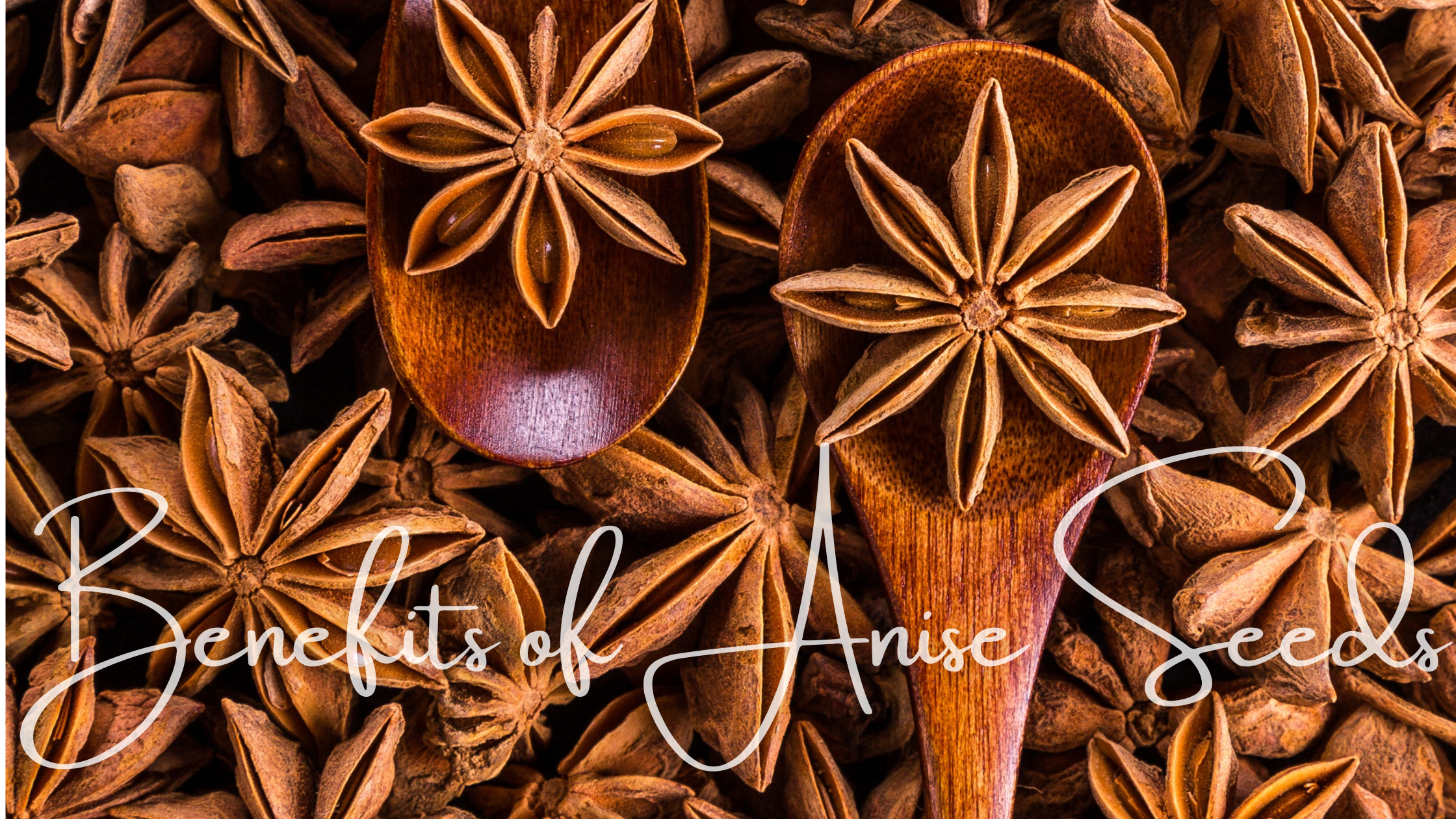
Unveiling Culinary Magic and Health Benefits of Anise Seeds
Aromatic Delights in Cuisine
Anise seeds, small aromatic wonders, hold a special place in culinary traditions worldwide. Their distinctive licorice-like flavour adds a unique dimension to dishes. These seeds are not only valued for their taste but also for their potential benefits of Anise Seeds. Rich in nutrients like iron, calcium, and magnesium, they contribute to overall well-being.
Known for aiding in alleviating bloating and indigestion, anise seeds possess digestive properties. Additionally, they contain compounds with anti-inflammatory and antibacterial properties, further enhancing their appeal. Another culinary gem, sesame seeds, contribute rich nutrients and have the potential to promote heart health.
Incorporating these seeds into your diet can be a simple yet impactful way to enhance both the taste and health value of your meals. From enhancing flavour profiles to potentially boosting health, the benefits of Anise Seeds make them a valuable addition to any kitchen.
Benefits of Anise Seeds in Culinary Traditions: A Global Perspective
Anise seeds have an illustrious place in culinary traditions around the world. Their distinctive flavour, reminiscent of licorice, lends a unique character to dishes. They’re a key ingredient in both sweet and savoury dishes, from Greek desserts to Italian sausages in Mediterranean cuisine.
In Indian cooking, anise seeds are known as ‘saunf’ and are used to flavour various dishes and desserts. In Middle Eastern cuisines, they often feature in spice blends, providing depth to dishes like falafel and kibbeh. The Chinese use them in both cooking and herbal remedies, valuing their aromatic and digestive properties.
This global embrace of anise seeds and poppy seeds showcases their versatility and the rich tapestry of flavours they contribute to various cuisines. Beyond taste, these seeds bring forth potential benefits of Anise Seeds, making them a valuable addition to culinary practices worldwide.
Culinary Uses of Anise Seeds: Sweet and Savoury Creations
Anise seeds are culinary treasures that elevate both sweet and savoury dishes with their distinctive flavour. In baking, they impart a delightful twist to cookies, breads, and pastries, infusing them with a subtle licorice undertone. These seeds also shine in the world of beverages, lending their unique taste to teas, infusions, and liqueurs.
Savoury dishes benefit from the benefits of Anise Seeds as well; they’re a key spice in various global cuisines. In Indian cooking, they play a crucial role in flavouring curries and stews, while in Middle Eastern cuisine, they contribute depth to meat and rice dishes.
Furthermore, anise seeds are a star in pickling, infusing vinegar with their aromatic essence. Adding to this flavorful journey, carom seeds, also known as ajwain, join the culinary ensemble. With their versatility and distinct flavour profile, anise seeds stand as a testament to their role as an indispensable spice in a wide array of culinary creations.
Health Benefits of Anise Seeds: Nature’s Herbal Remedy
Anise seeds not only add flavour to dishes but also come packed with a range of health benefits, earning them the title of nature’s herbal remedy. They are a rich source of essential nutrients like iron, calcium, and magnesium, which are vital for overall well-being. Furthermore, anise seeds are renowned for their digestive properties.
They can alleviate bloating, indigestion, and even help soothe gastrointestinal discomfort. These seeds contain compounds with anti-inflammatory and antibacterial properties, which can aid in maintaining a healthy digestive system.
Additionally, they have been used traditionally to relieve coughs and colds due to their expectorant properties. Overall, the benefits of Anise Seeds extend beyond the culinary realm, making them a valuable addition to natural remedies for digestive health and respiratory issues. Also, Coriander seeds, known for their nutritional value, contribute to the mix of essential nutrients.
Anise Seeds in Popular Culture: From Folklore to Modern Trends
Throughout history, anise seeds have held a significant place in popular culture, transitioning from ancient folklore to modern culinary trends. In many cultures, they were believed to possess protective and healing properties, often used as charms against various ailments.
The distinctive taste of anise also made it a favoured ingredient in traditional sweets and beverages during celebrations and festivals. Today, anise seeds continue to be a prominent feature in various cuisines globally. From traditional sweets like Italian biscotti to classic French liqueurs like absinthe, they remain a cherished element.
Moreover, their unique flavour has found its way into contemporary culinary trends, with chefs and home cooks alike appreciating their ability to add a distinct and sophisticated touch to dishes. This enduring presence in popular culture speaks volumes about the enduring appeal and versatility of the benefits of Anise Seeds.
Cooking Tips and Recipes: Maximizing the Flavour of Anise Seeds
When it comes to making the most of the distinct flavour of anise seeds, there are a few cooking tips and recipes that can truly amplify their taste. To bring out their aromatic essence, it’s advisable to lightly toast the seeds before use. This releases their oils and intensifies their flavour.
In baking, particularly in recipes like biscotti or bread, consider incorporating ground anise seeds for a more uniform distribution of taste. Anise seeds also pair wonderfully with fruits, especially in desserts. They complement apples, pears, and figs excellently, adding a unique twist to pies, crisps, and compotes.
For a refreshing beverage, try steeping anise seeds with hot water to create a soothing herbal tea. Additionally, they work wonders in savoury dishes, enhancing the flavour of soups, stews, and sauces. By incorporating these cooking tips and recipes, you can fully harness the benefits of Anise Seeds and elevate your culinary creations.